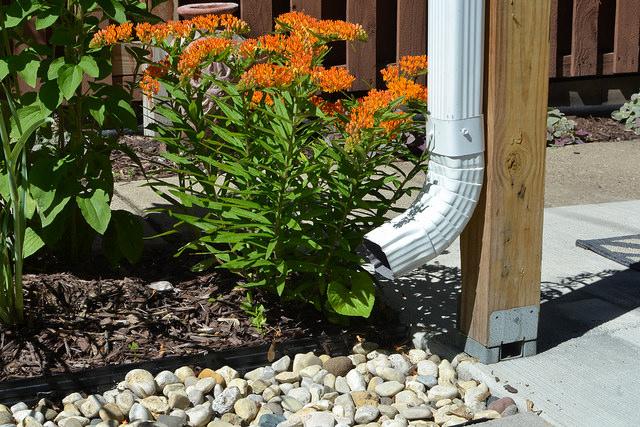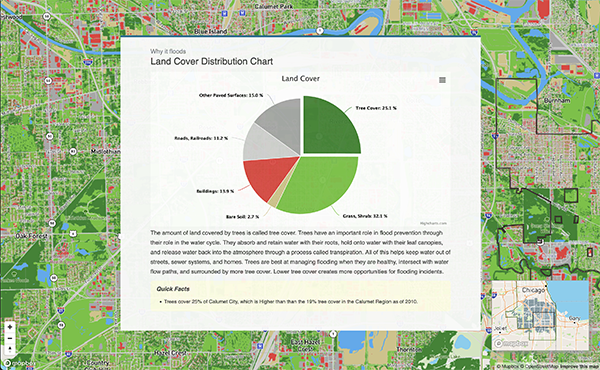In our April newsletter, we offered tips for spring cleaning your gutters. Now that your gutters are clear and able to catch the rainwater from your roof, let’s talk about where this water is flowing. The gutters connect to downspouts that direct rainwater from the roof down the exterior walls of the home to the ground. The downspouts may discharge into pipes that take water to the sewer system or be disconnected, which is a good way to keep water from overwhelming the sewer and backing up into streets and basements. If your downspouts are disconnected, here are a few points to check at your home:
 First, make sure your downspouts are well secured to the house. High winds can loosen downspouts and even break them. A downspout that is not properly secured can cause damage to the gutters and roof, allowing water to discharge next to your building foundation.
First, make sure your downspouts are well secured to the house. High winds can loosen downspouts and even break them. A downspout that is not properly secured can cause damage to the gutters and roof, allowing water to discharge next to your building foundation.- Next, find out where your downspout is discharging rainwater. You do not want water to discharge right next to the home, as this could cause foundation seepage and a wet basement. If your downspout is discharging next to your home, you can easily attach a flexible plastic extension to your downspout to direct water away at least four feet from your foundation.
- Place a splash guard at the end of the downspout extension to keep the water from eroding soil at the discharge point. The discharge point should be within your front or backyard. By code, your disconnected downspouts must discharge water onto your own property, and they cannot discharge onto a sidewalk or create a hazard on neighboring property or sidewalk.





 Strengthening Transit Through Community Partnerships
Strengthening Transit Through Community Partnerships